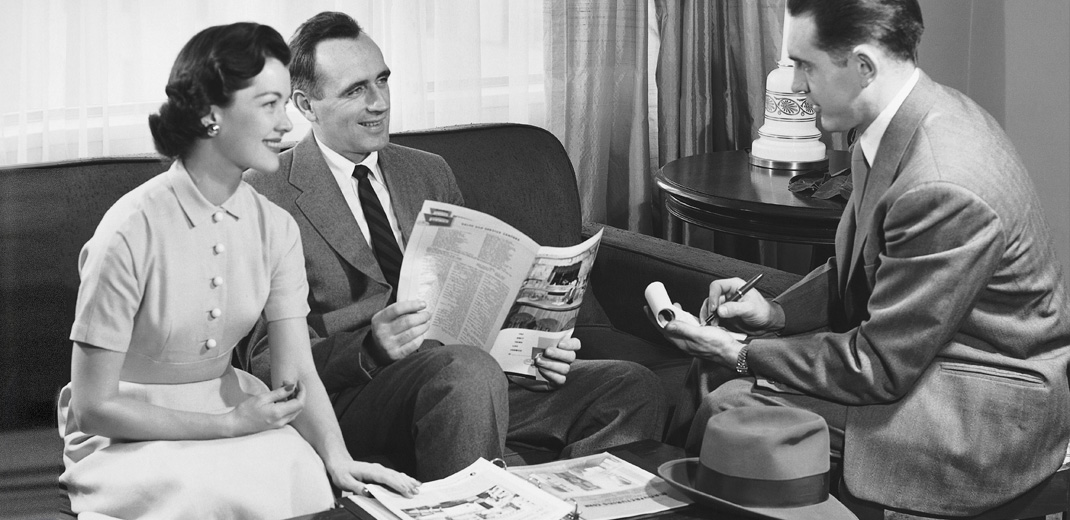If someone had told me on February 11, 2006 that I would soon learn valuable career lessons from Vice President Dick Cheney, I would have laughed. Dick and I were not close, certainly not on advice-giving terms (OK, we’d never met). But it happened, the very next day. In truth, his lessons were unintentional, and nearly tragic at that, Cheney had just accidentally shot his friend, Harry Whittington, in the face while hunting. It was on February 12 that 10 lessons I carry with me to this day started to emerge. That day, I learned that user-generated content (UGC) is the gift that keeps on giving when I saw the image to the right pop up on my computer screen.
Before you get upset with me, please note that Harry is fine. As a matter of fact, he apologized to Mr. Cheney for the incident. After all, the victim of a shooting is often the one who owes the shooter an apology. What was Harry doing on the barrel side of the gun in the first place? But I digress; my intention is not to make light of the incident, though that did happen quite a bit through both user-generated content designs, in the media and on the late night TV shows. My intention is to share how this incident taught me most of what I needed to know about UGC.
Dick Cheney and His User-Generated Content Lessons
I was about 6 months into my position with CafePress, the self proclaimed leader of “democratized commerce.” For those unfamiliar with CafePress, they allow people to upload designs for t-shirts that populate into a massive library of virtual user-generated products. Users upload tens-of-thousands every day creating a MASSIVE catalog of products, all featuring user-generated content. When one is sold online, CafePress prints it, and the designer gets a commission.
The morning after the incident, as the story broke in national news, UGC designs started flooding in, creating over 16,000 “Dick Cheney Shooting” products. For the first time, I witnessed a trend arise, people were sharing their thoughts on the incident through UGC product design. And, more importantly, others were sharing their own thoughts on the incident by purchasing those same UGC products. Little did I know it at the time, but 10 important user-generated content lessons were unfolding in front of my eyes.
10 User-Generated Content Lessons From Dick Cheney

Lesson #1 – User-Generated Content is Truly Unique
The great thing about user-generated content is that it’s crowd sourced, giving it amazing authenticity. Rather than getting your content from one internal design team, you tap into the creativity of the masses. And better yet, if you enlist your brand’s fans, you get the benefit of content viewed through the lens of evangelists, from every spectrum of opinion. In the product examples of the Cheney shooting accident above, you’ll see they are not the types of designs you’d find coming out of a corporate t-shirt design shop. They are coming from the people, making them truly unique.
Lesson #2 – User-Generated Content is Abundant
User-generated content is everywhere you look. On eBay, Etsy, Amazon, and CafePress in the case of t-shirts. It doesn’t stop there, it’s everywhere you look, across nearly every website you can imagine. Many brands have learned that, by allowing their fan base to engage through content, they can tap into more content than they could ever possibly create on their own. In the case of Mr. Cheney, our users designed over 16,000 products based on the accidental shooting. If we had decided to create the designs for the t-shirts ourselves, we’d have been lucky to create five.
Lesson #3 – User Generated Content Happens FAST
From a marketing and PR perspective, there’s nothing quite as amazing as seeing a news story on TV and then learning that your community is already creating user-generated content around that very subject. On the morning this news broke, there were already hundreds of products by the time we first heard of the incident. Fans and community will often act faster than you can imagine if they are inspired!
Lesson #4 – Collections of User Generated Content Can Point to Larger Trends
The very abundance of user-generated content is the key to how much we can find out about larger trends. Each individual piece of UGC will not point to a trend itself, but if you aggregate thousand of like pieces into a collection and then look at the opinions they represent, you’ll end up with a crowd-sourced view on one issue. With the Cheney incident, we received so many designs that we had a pretty good idea of which way the public sentiment leaned.
Lesson #5 – User Generated Content is Often Newsworthy
The abundance of user-generated content combined with the trends that arise in its aggregate often point to newsworthy PR pitches. At CafePress, we predicted 3 U.S. presidential election winners based solely on what candidate t-shirts people were buying, which became newsworthy, as it was a story that had never been told. With Cheney, I wrote a press release and pitched a story that morning; I believe the headline was “Cheney Blasts Himself Into the T-shirt Economy.” By the end of the day we had syndicated coverage from a Reuters story across the nation. By day two, we’d generated over 200 news stories about the Cheney Shooting T-shirt phenomenon.
Lesson #6 – User Generated Content has Viral Potential
In 2006, social media was not nearly as prevalent as it is today, but it did exist. Once the Cheney incident story hit, people started to share through social, email, etc. Why? For the same reason it became newsworthy and received press. The trends you find in UGC can, and often will, get people talking. People were talking about Cheney all over the country, and in this case, the UGC t-shirts provided one more thing for people to share with their friends.
Lesson #7 – User Generated Content Can Lead to Sales
Once user-generated content becomes newsworthy and viral, something else amazing can happen, it can start to make you money: sometimes directly, as was the case with Cheney t-shirts, and sometimes, indirectly, in the form of the UGC driving people to your website and making a brand impression that will one day convert. Either way, the power is undeniable. In the case of Cheney, people bought quite a few t-shirts.
Lesson #8 – User Generated Content Is Often Controversial and Carries Risk
Don’t be surprised if user-generated content is controversial. After all, a man being shot in the face in a tragic hunting accident is not really very funny. The UGC t-shirts people designed were controversial and a few folks were concerned with whether we should sell them, promote them, or proactively do PR around the trend. In the end, our stance was that we were a company that represents UGC, and as such, it was not our content, we were just reporting on how people were responding to the incident. We went into this knowing well that the controversial nature of the designs posed risk.
Lesson #9 – User Generated Content Can be a Flash in the Pan
When users create content, is it often tied to a news story, a pop culture moment or a trend. As you know, all of those things can pass quickly. We learned that just like a news cycle, UGC cycles can pass quickly. A moment that inspires people to create UGC content may be strong today and gone tomorrow. In that case, we received about 80% of the designs for the Cheney shooting within in the first 24 hours of the news breaking.
Lesson #10 – You Need to Act Fast to Harness a User-Generated Content Moment
When a moment in time arrives that inspires UGC, you need to act quickly, especially when it is tied to a news cycle like the Cheney shooting incident. If we’d waited a few days we would not have been as successful with press, viral activity or sales. One of the things that made this work was how fast we were able to point press and buyers to the Cheney related UGC.. Act quickly while the news and the UGC is still relevant.
Of course, not every UGC campaign will work in the same manner. And marketing efforts won’t always work as well as they did with this example. At CafePress, we tried many different things to capitalize on UGC, and some of it worked, some of it didn’t. That was okay. Our aim was to try as much as possible, to see what works, sometimes strike gold and sometimes fail, but always learn.
Today, I am happy to say that both Dick and Harry are doing fine and the incident is behind them. Of course we would have managed this situation very differently if Harry were not okay; we never would have promoted the UGC t-shirts.
I never thanked Mr. Cheney back in 2006 for teaching me these valuable lessons; this article will be my long overdue thank you. If this incident had not occurred, I would not have learned 10 very valuable lessons about user-generated content, I may not have made the same career choices. For that, I thank you, Mr. Vice President.
*All images supplied by CafePress and the AMAZING Sarah Segal, Director of PR.









